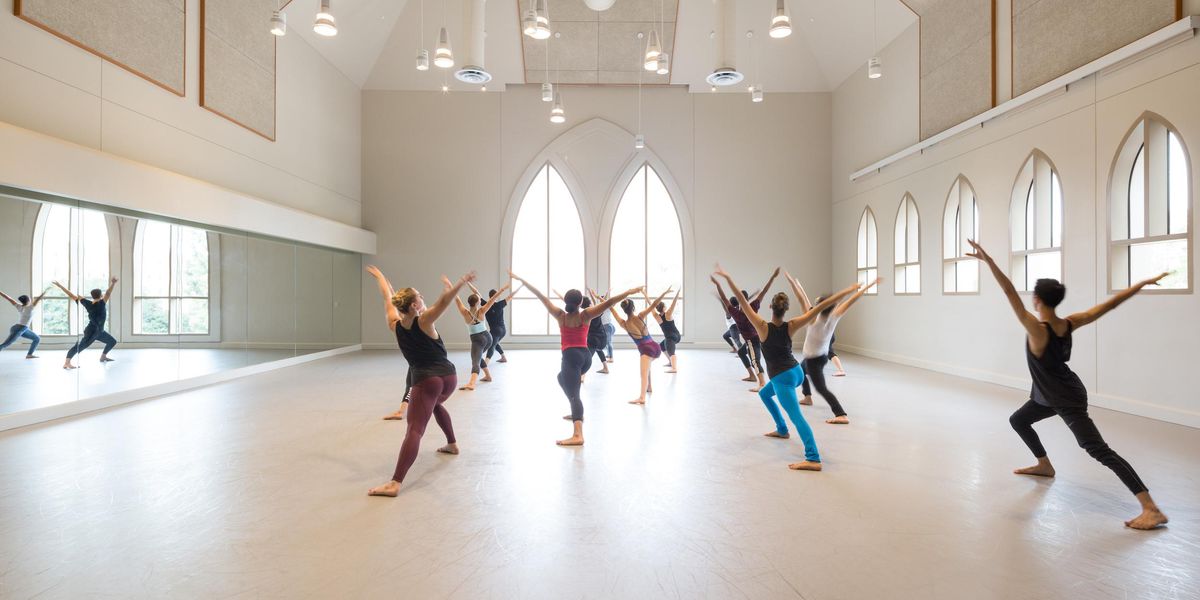6 Secrets of Mats Ek's Success
Both thrilling and unsettling, Mats Ek’s provocative dance-theater pieces can haunt you for days. What does it take to make that kind of work that audiences don’t forget? A new one-hour documentary, The Choreographer Mats Ek, offers a glimpse, diving into the 68-year-old master’s process as he created Juliet & Romeo on the Royal Swedish Ballet. Available to rent on Vimeo for $4.99, the film shows viewers how he seams steps together, problem-solves puzzles in the movement and gets his cast to display the subtle emotions he’s after. For budding choreographers, it also offers some telling insights:
1. Find Your Happy (Creative) Place:
Ek admits that he can’t choreograph with anyone watching, or even a video camera filming (as he puts it, “That black hole gazing at me…no.”). Figure out what your ideal creative atmosphere is, and make it happen.
2. Be Specific:
Ek always has a particular dancer in mind when he’s creating phrases. “It would be impossible to do it out of thin air. I need a dancer to think about.”
3. Figure Out Your Timeline:
Ek spends two hours alone in the studio every morning, working out movement for the rehearsals that are coming in a few days’ time. This is his sweet spot: He knows he’ll be prepared for the week ahead, but it’s not so far in advance that he’ll forget what he created.
4. Get What You Need Out of Collaborators:
Listening to the way Ek speaks with his team is one of the most illuminating parts of the film. He doesn’t demand, but respectfully makes requests to get what he wants. “I wouldn’t mind if it was done right away,” he says to the set technicians when he needs them to fix a moving wall 30 minutes before rehearsal. Later, he tells a costume designer how much he loves what she’s done, but questions whether the neck is too loose. He adds that of course, it’s up to her, but he makes his point clear until she agrees with him. Creating positive working relationshps in this way can be the key to a cohesive piece—and an enjoyable artistic experience.
5. Choreograph for Your Environment.
When the ballet gets its first stage rehearsal, Ek says, “The intimacy of the studio is just gone on stage. New proportions, new environments… The dancers regard each other as strangers and you really have to start over. And it always turns out that some things suit the studio, some suit the stage, even if you try imagining the stage from the very start.” He reworks both details and larger concepts until they fit the theater space—no matter how attached he was to them in the studio.
6. Take Risks:
“It’s more than I think I can handle,” Ek says about making a full-length ballet, “but I do it because I love the subject matter and like the music. And I enjoy the dancers.” Later, just before the premiere, he’s going over the choreography with Mariko Kida, who plays Juliet. She suggests being more careful with her movement to deal with the giant sets. Very quickly and urgently, he declares: “No! You shouldn’t be careful.” Words for any artist to live by.
Read more about Ek, who received a Dance Magazine Award in 2013 here and here.





